GLA-Class Timing Belt vs Chain: Essential Guide
Both the timing belt and timing chain are crucial for your Mercedes-Benz GLA-Class engine, but the GLA-Class primarily uses a timing chain, which is designed to last the life of the engine and doesn’t require regular replacement like a timing belt. Understanding this key difference helps you manage maintenance and avoid costly surprises.
The Mercedes-Benz GLA-Class is a fantastic vehicle, blending luxury with practicality. But like any car, it needs regular maintenance to keep running smoothly. One of the most important, yet often confusing, aspects is the engine’s timing system. You might hear about “timing belts” and “timing chains,” and wonder which one your GLA-Class has and what it means for you. Don’t worry, this guide will make it crystal clear! We’ll break down the differences between timing belts and chains, explain why your GLA-Class likely has a chain, and what you need to do to keep it in top shape. Let’s get your GLA-Class running like a dream for years to come!
What Are Timing Belts and Chains?
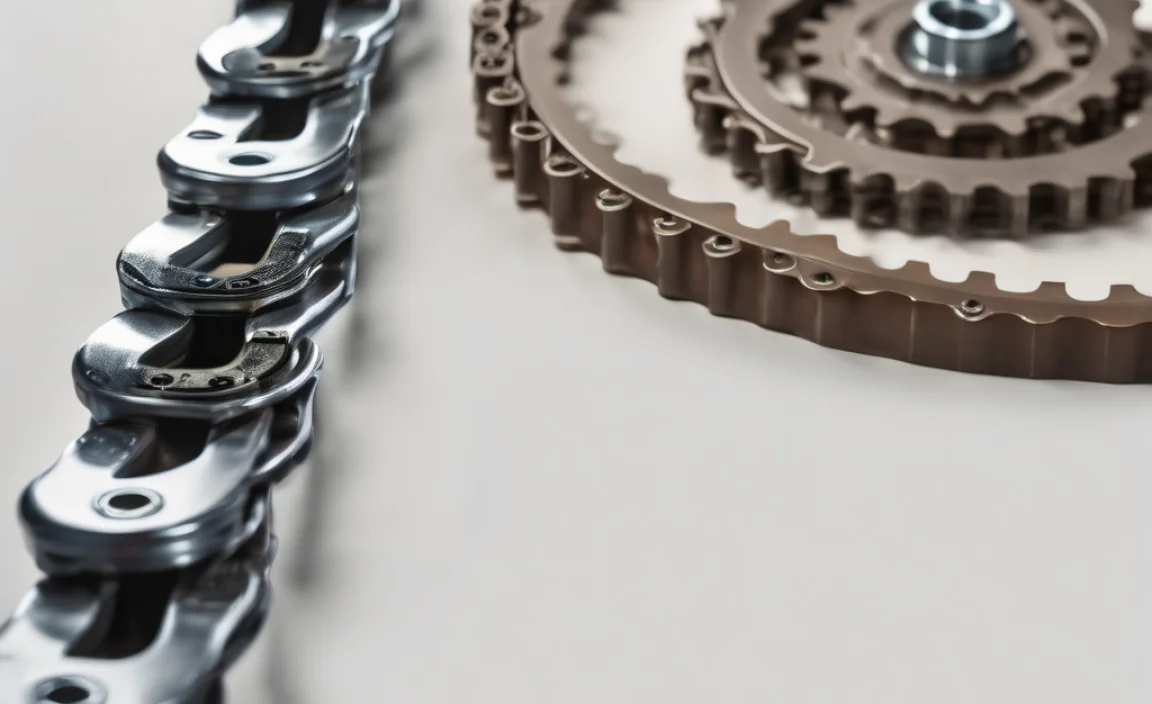
At the heart of your Mercedes-Benz GLA-Class engine are several moving parts that need to work in perfect harmony. The timing belt or timing chain is like the conductor of this orchestra. Its main job is to synchronize the rotation of the crankshaft and the camshaft(s).
Why is this synchronization so important? The crankshaft controls the pistons moving up and down inside the cylinders, while the camshaft(s) control the opening and closing of the valves that let air and fuel into the cylinders and exhaust gases out. If the timing belt or chain slips or breaks, the pistons and valves can collide, causing catastrophic engine damage. Think of it as a precisely choreographed dance; if one dancer misses a step, the whole performance can go haywire.
The Timing Belt Explained
A timing belt is typically a reinforced rubber belt with teeth on the inside. These teeth engage with gears on the crankshaft and camshaft, ensuring they turn at exactly the right speeds and at the correct time relative to each other.
Key characteristics of timing belts:
- Material: Made of reinforced rubber.
- Lifespan: They have a limited lifespan and wear out over time due to heat, tension, and the constant flexing.
- Maintenance: Require periodic replacement, usually every 60,000 to 100,000 miles, or every 5-7 years, depending on the manufacturer and driving conditions. Ignoring replacement means risking a sudden belt failure.
- Failure: A broken timing belt can cause severe internal engine damage, often leading to expensive repairs or even requiring a complete engine replacement. This is because the pistons can smash into the open valves.
For a deeper understanding of how these components function, you can explore resources on engine mechanics. For instance, the Engineering ToolBox provides detailed information on the mechanics of timing belts and gears.
The Timing Chain Explained
A timing chain, on the other hand, is a series of interconnected metal links, similar to a bicycle chain but much more robust. It also engages with sprockets (gears) on the crankshaft and camshaft.
Key characteristics of timing chains:
- Material: Made of metal links.
- Lifespan: Designed to last the lifetime of the engine. They are much more durable than rubber belts.
- Maintenance: Generally do not require scheduled replacement. However, they can stretch or wear over very high mileage, along with their tensioners and guides, which might necessitate replacement. Some manufacturers recommend checks at certain mileposts.
- Failure signs: If a timing chain starts to fail, it often provides audible warnings (like rattling noises from the engine) before a complete failure, though this is not always the case.
- Lubrication: Timing chains are lubricated by the engine’s oil system, which helps to reduce wear and maintain performance.
A well-maintained timing chain system can operate for hundreds of thousands of miles without issue. This longevity is a significant advantage for vehicle owners looking for reduced maintenance costs over the long term.
Does Your GLA-Class Have a Belt or a Chain?
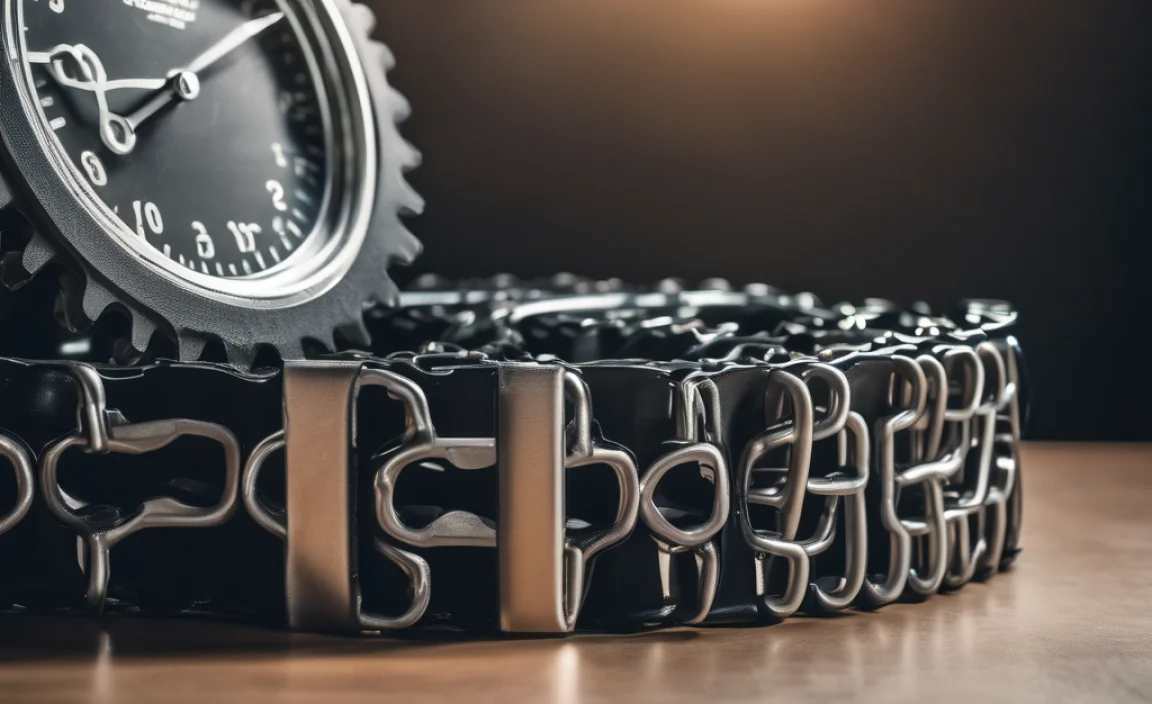
This is the million-dollar question, and the straightforward answer for most Mercedes-Benz GLA-Class models is they use a timing chain.
Mercedes-Benz transitioned many of its engines, including those found in the GLA-Class, to timing chain designs, particularly with the introduction of their modern modular engine families. This move was driven by the desire for increased engine longevity, reduced maintenance intervals, and improved reliability.
Why the shift to chains?
- Durability: Chains are inherently more durable than rubber belts.
- Lower Maintenance: Eliminates the need for periodic, often expensive, timing belt replacement services.
- Engine Life: Contributes to a longer overall engine lifespan.
While specific engine codes can vary slightly over the years and across different GLA-Class generations (e.g., X156, H247), the vast majority are equipped with timing chains. If you own a petrol (gasoline) or diesel GLA-Class model, it’s almost certain to have a timing chain.
How to be 100% sure:
- Check your owner’s manual: This is the definitive source for your vehicle’s specifications.
- Consult a Mercedes-Benz dealer or trusted mechanic: They can quickly tell you based on your VIN.
- Look up your engine code: If you know your engine’s specific code (e.g., M270, M274), you can research it online.
For example, the M270 engine, commonly found in earlier GLA-Class models, utilizes a timing chain. Newer generations, like those with the M260 engine, also employ timing chain technology.
Advantages and Disadvantages of Timing Chains in the GLA-Class
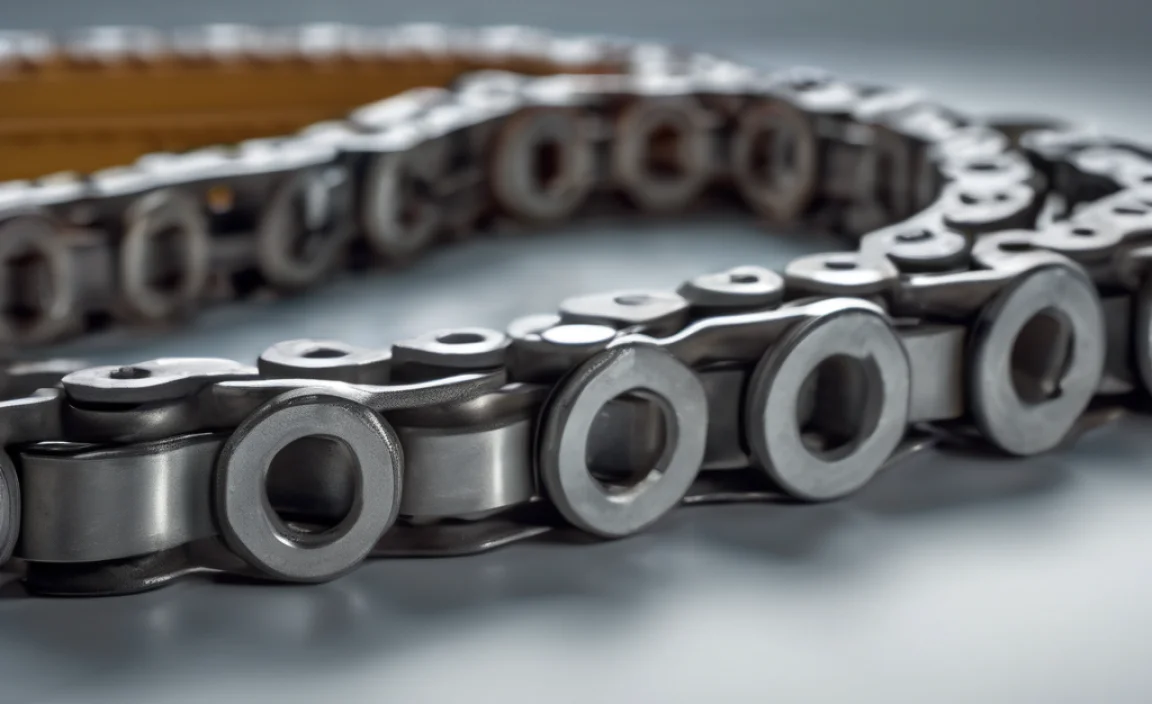
Understanding the pros and cons helps you appreciate why Mercedes-Benz made this choice and what to watch out for.
Advantages
The decision to equip the GLA-Class with a timing chain brings several significant benefits:
- Exceptional Longevity: As mentioned, timing chains are built to last the life of the engine. This means you don’t have a major, scheduled maintenance item hanging over your head every few years or tens of thousands of miles.
- Reduced Ownership Costs: The absence of a regular timing belt replacement schedule translates directly into savings on maintenance. A timing belt kit and labor can easily cost several hundred to over a thousand dollars.
- Enhanced Reliability: With fewer parts subject to wear and tear over the typical ownership period, the likelihood of a critical timing system failure due to age or fatigue is significantly reduced.
- Consistent Performance: Chains tend to maintain their tension and engagement more consistently over time compared to belts, which can subtly affect timing as they age.
Disadvantages
While timing chains are generally superior in durability, they are not without potential drawbacks:
- Potential for Wear/Stretch: Over extremely high mileage (often 150,000+ miles), chains can stretch, and the tensioners or guides can wear out. This is less common than timing belt failure but can still occur.
- Noise Issues: A worn timing chain or its associated components (like tensioners or guides) can sometimes produce a rattling or slapping noise, especially on startup or at idle. This noise is a key indicator that attention is needed.
- More Complex Replacement (If Needed): If a timing chain does need replacement, it’s typically a more labor-intensive and expensive job than replacing a timing belt. It often involves disassembling more of the engine’s front end.
- Oil Dependency: Timing chains rely heavily on proper engine oil lubrication and maintenance. Neglecting oil changes can accelerate wear on the chain and its components.
Here’s a quick comparison:
| Feature | Timing Belt | Timing Chain |
|---|---|---|
| Material | Reinforced Rubber | Metal Links |
| Lifespan | Limited (60k-100k miles / 5-7 years) | Engine Life (Often 150k+ miles) |
| Scheduled Replacement | Yes | No (Inspect/Replace if issues arise) |
| Failure Consequence | Often Severe Engine Damage | Can cause damage, but often preceded by noise |
| Maintenance Cost | Higher (due to regular replacement) | Lower (no regular replacement) |
| Replacement Complexity | Moderately complex | If needed, generally more complex/costly |
Understanding Maintenance for Your GLA-Class Timing Chain
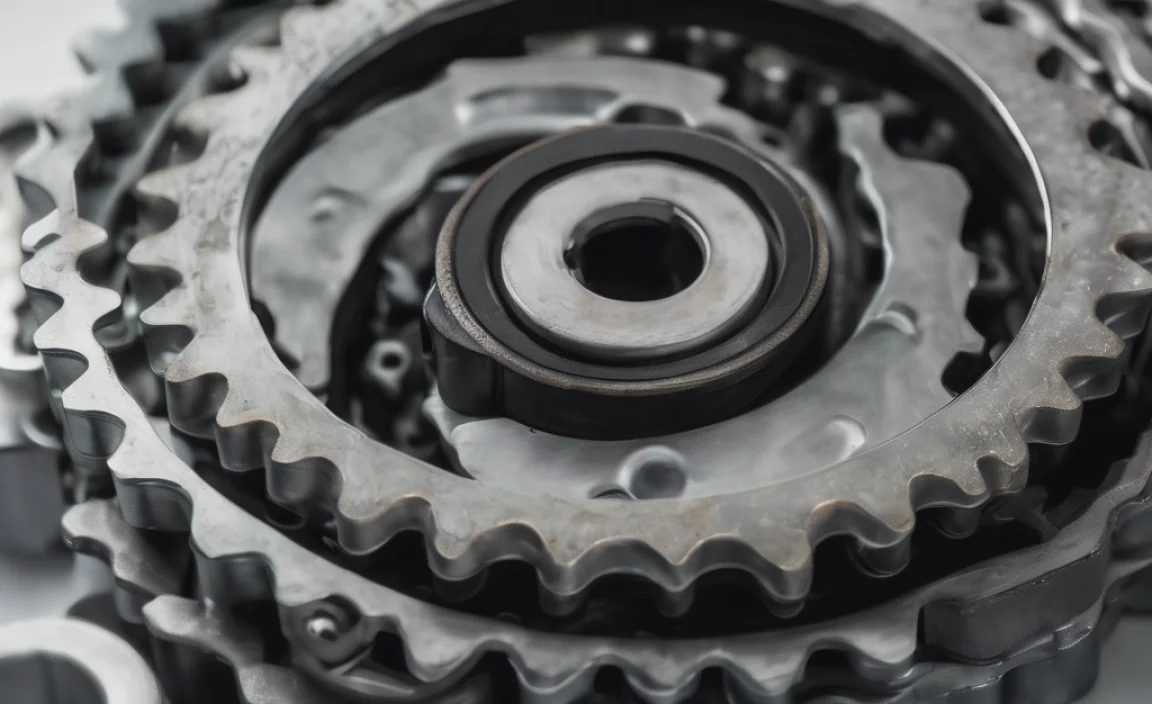
Since your GLA-Class most likely has a timing chain, the maintenance is different – and generally simpler – than for a vehicle with a timing belt. However, this doesn’t mean you can completely forget about it.
Regular Oil Changes Are Key
The single most important thing you can do to ensure the longevity of your timing chain is to follow Mercedes-Benz’s recommended maintenance schedule for engine oil and filter changes.
- Why it matters: The timing chain and its tensioners are lubricated by engine oil. Clean oil with the correct viscosity and sufficient quantity is vital to prevent wear. Dirty or low oil can lead to accelerated wear on the chain, guides, and tensioners, potentially causing noise or failure.
- What to do: Refer to your owner’s manual for the specific oil type and change intervals recommended for your GLA-Class. Using a high-quality synthetic oil is highly recommended for Mercedes-Benz vehicles.
For those interested in motor oil standards and specifications, organizations like the American Petroleum Institute (API) provide valuable information on lubricant classifications.
Listening for Warning Signs
While timing chains are robust, they can develop issues. The most common audible warning sign is a rattling or ticking noise coming from the front of the engine, particularly noticeable when the engine is cold or at idle.
What this noise can indicate:
- Loose Chain: The chain may have stretched beyond the tensioner’s ability to keep it taut.
- Worn Tensioner: The hydraulic or spring-loaded tensioner might not be applying enough pressure to the chain.
- Damaged Guides: Plastic or metal guides that the chain runs against can wear down.
If you hear any unusual noises from your engine, it’s crucial to have it diagnosed by a qualified mechanic immediately. Ignoring these sounds can lead to more significant and costly damage.
When Might a Timing Chain Need Replacement?
While designed for engine life, replacements are sometimes necessary. This is typically due to one or more of the following:
- Excessive Noise: Persistent rattling or slapping that doesn’t go away.
- Performance Issues: Although less common for just the chain to cause direct performance loss without other symptoms, timing deviations can affect engine running.
- Diagnostic Codes: The engine computer may detect timing correlation faults.
- High Mileage: As a preventative measure on very high-mileage vehicles (often over 200,000 miles) where wear is a concern.
Replacing a timing chain system (which often includes new guides and tensioners) is a significant repair. It involves removing engine covers, the crankshaft pulley, and sometimes components like the oil pan and valve cover to access the chain and sprockets. Because of the complexity, it’s best left to experienced Mercedes-Benz technicians.
What If My GLA-Class Actually Had a Timing Belt?
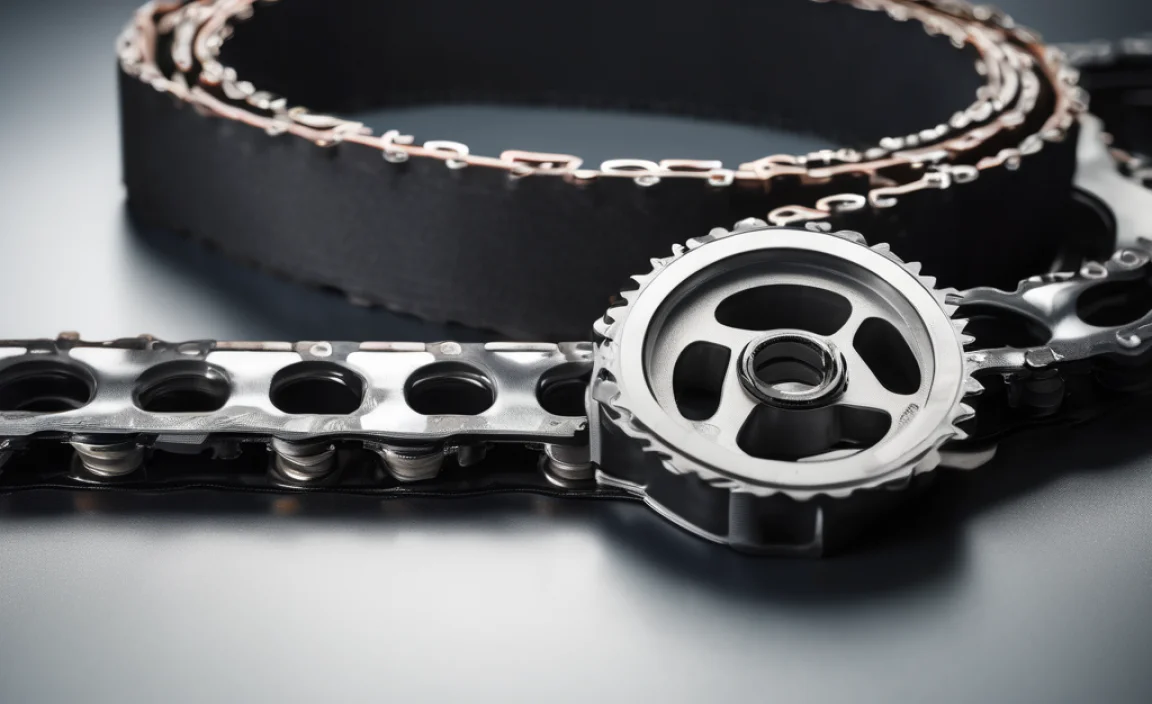
As noted, this is highly unlikely for a GLA-Class, but it’s good to be informed about the possibility, especially if you were looking at very old models or different Mercedes-Benz platforms. If, hypothetically, your vehicle did have a timing belt, here’s what you’d need to know.
Recognizing a Timing Belt Engine
If your vehicle came equipped with a timing belt, it would have been on older Mercedes-Benz models or perhaps specific engine variants not typically found in the GLA-Class. The engine bay would usually have a large, plastic cover on the front of the engine where the belt is housed.
The Importance of Timely Replacement
For any vehicle with a timing belt, replacement is a critical maintenance item. Missing a scheduled replacement is one of the most common causes of catastrophic engine failure in cars that use them.
- Schedule: Always adhere strictly to the manufacturer’s recommended replacement interval, usually found in your owner’s manual. This is typically based on mileage and time, whichever comes first.
- What’s involved: A timing belt replacement usually involves not just the belt itself but also the tensioner, idler pulleys, and often the water pump (as it’s usually driven by the belt and accessible at the same time). Replacing all these components at once is known as a “timing belt service” or “timing job.”
- Professional Installation: Due to its critical nature and the potential for severe engine damage if installed incorrectly, it’s highly recommended to have this service performed by a qualified mechanic.
The cost of a timing belt replacement on a Mercedes-Benz can be significant due to the labor involved and the quality of parts required. You can often find estimated costs for such services on automotive repair websites.
Signs of a Failing Timing Belt
Unlike timing chains that might rattle, a timing belt often gives no warning before it breaks. However, some subtle signs might appear:
- Ticking Noise: A very light ticking sound from the front of the engine, possibly from the belt cover.
- Engine Misfires: The engine might run rough or misfire if the belt has slipped a tooth or two.
- Visible Cracks/Wear: If you could somehow inspect it safely, you might see fraying, cracking, or glazing on the belt’s surface. (This is generally not feasible or recommended for DIYers without specialized knowledge.)
If you suspect your vehicle has a timing belt and it’s nearing its replacement interval, don’t delay. The cost of prevention is vastly lower than the cost of repair after a failure.
FAQ: Timing Belt vs Chain for GLA-Class
Q1: Which is better, a timing belt or a timing chain?
For long-term ownership and reduced maintenance, a timing chain is generally considered better. It’s designed to last the life of the engine, eliminating a costly periodic replacement. However, if a chain does fail, it can be more complex to replace than a belt.
Q2: Can a timing chain break on my GLA-Class?
While far less common than a timing belt breaking, it is possible for a timing chain to stretch, break, or for its associated components (tensioners, guides) to fail, especially at very high mileage or with neglected maintenance. However, these issues often present with audible warnings before catastrophic failure.